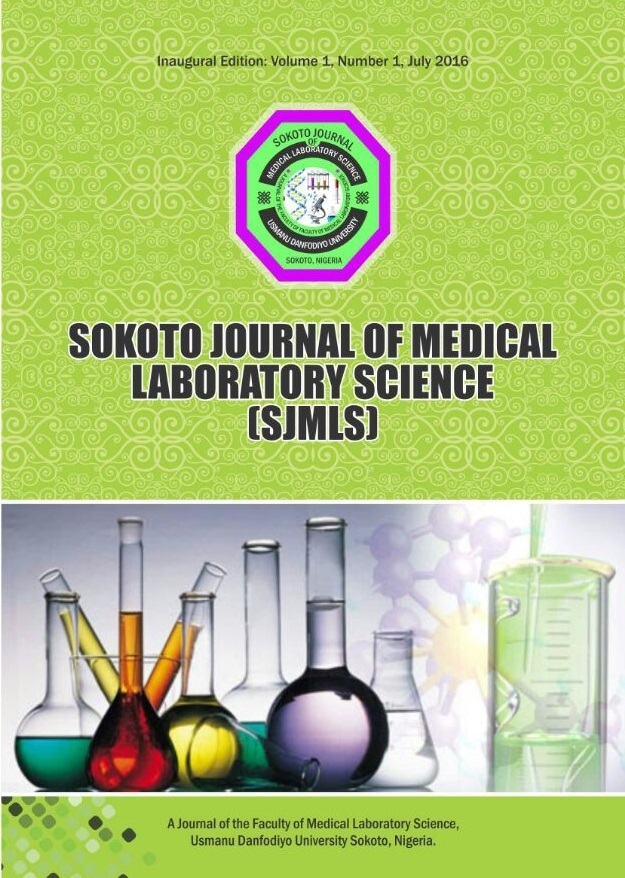Burden of Intestinal Parasites on Selected Vegetables Sold in Major Markets in Port Harcourt Metropolis
Keywords:
Vegetables, formol-ether method, concentration, sedimentation, intestinalAbstract
The study was undertaken to determine the burden of intestinal parasites on vegetables at three markets in Port Harcourt metropolis. A total of 160 vegetables were sampled from Fruit garden market, Mile Three market and Port Harcourt township market for intestinal parasites contamination. The 5 vegetables examined include: Oha leaf (Pterotcarpus mildbreadii), Okazi/Afang leaf (Gnetum africanum), Pumpkin leaf (Cucurbita specie), Water leaf (Talinum Triangulare) and Tomatoes (Lycopersicum sativus) which is a fruit. The samples were examined for parasites using the sedimentation and formol ether concentration methods. From the investigation, a total of 136 (85.0%) of the vegetables were positive for intestinal parasites in which Pumpkin leaf recorded the highest parasite contamination 34 (21.3%). This is followed by Oha leaf 32 (20.0%) while tomatoes recorded the lowest parasitic contamination of 16 (10%). The isolated parasites were Ascaris lumbricoides 62 (38.75%), followed by larva of Strongiloides stecoralis 48 (30%), then Hookworm 21 (13.1%) while Entamoeba histolytica recorded 5 (3.23%). Port Harcourt township had the highest number of parasites 50 (31.3%), while both fruit garden market and Mile III market recorded 43 (26.8%) of parasitic load. Statistically there was no significant difference in parasitic detection among the 3 markets (p>0.05). Similarly, there was a statistically significant difference between formal ether concentration method when compared to sedimentation method (p<0.05). Formol ether method is a far better method than sedimentation method. Thorough washing of vegetables should be encouraged to reduce the rate of infection.




